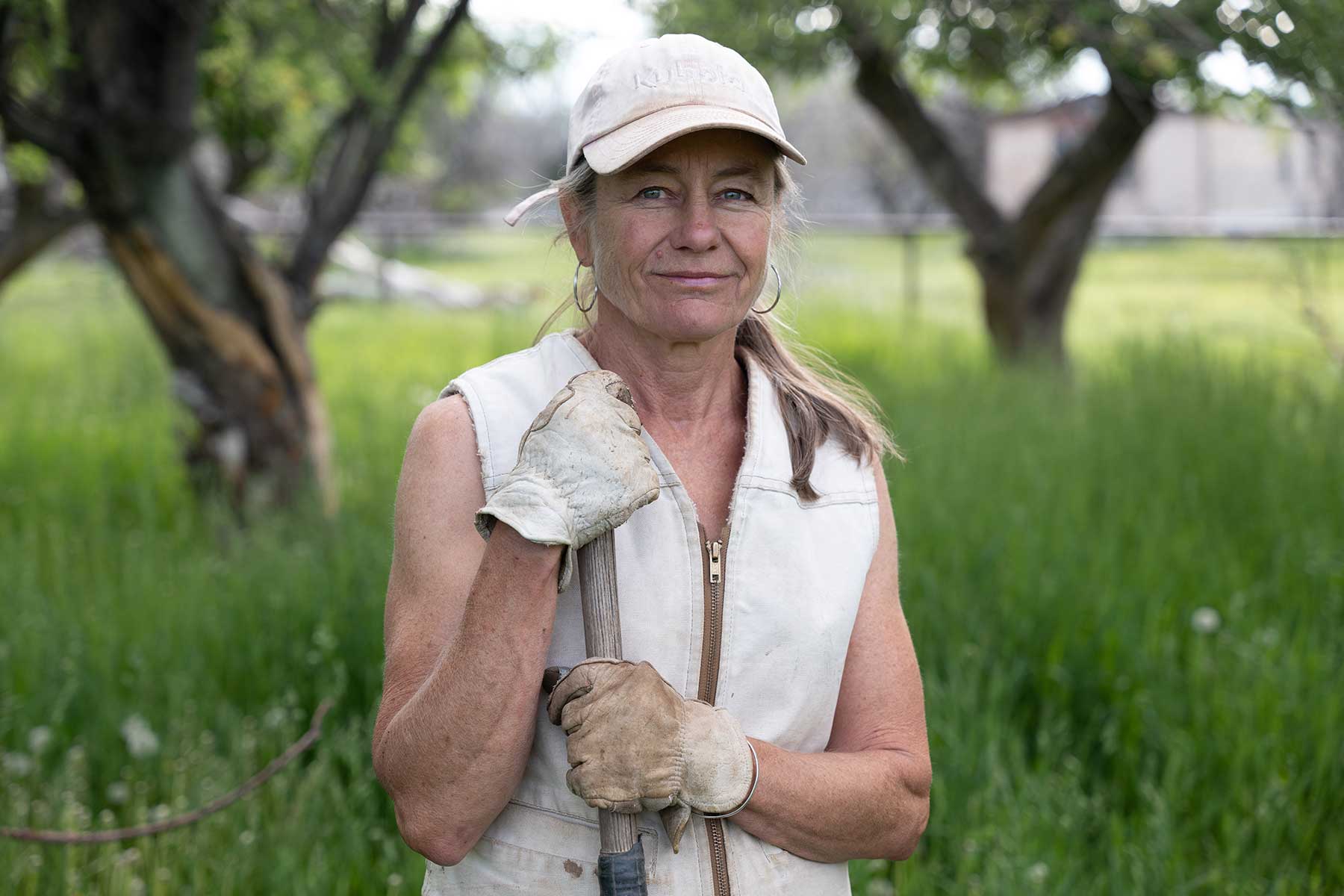
Nina Williams on her farm in Dolores in southwest Colorado, where she raises sheep and Scottish Highland cattle and grows a variety of vegetables. Photo by Corey Robinson / Special to The Colorado Trust
Nina Williams on her farm in Dolores in southwest Colorado, where she raises sheep and Scottish Highland cattle and grows a variety of vegetables. Photo by Corey Robinson / Special to The Colorado Trust
Morgan Di Santo is as surprised as anyone to find herself guiding a walk-behind tiller through the soil on her one-acre vegetable farm by the Florida River east of downtown Durango.
Di Santo faces a considerable list of challenges as a farm owner. Long hours. Mice. Voles. A variety of crop diseases. Weather—including high winds that destroyed some of her plot’s infrastructure.
But Di Santo says sexism in agriculture is not one of those hurdles.
“There definitely are instances where people are shocked to see me in some certain spaces such as the irrigation store, you know, or the hardware store,” said Di Santo. “A lot of times they don’t think it’s my farm or that I do the work. They think I just run the farmers market booth or whatever—but I mean for the most part, I definitely don’t think that farming has been challenging because I’m a woman.”
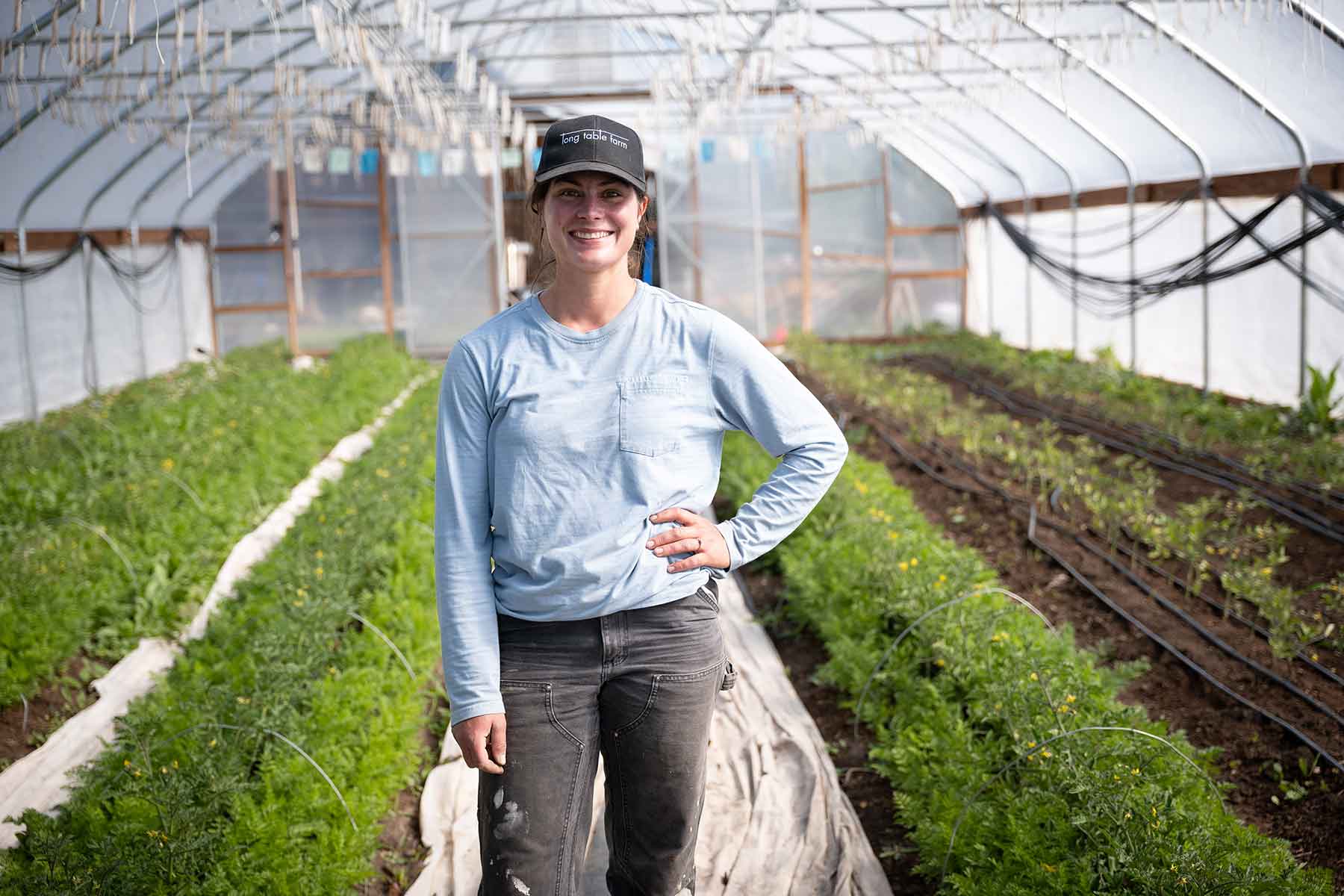
Morgan Di Santo has owned and operated Long Table Farm in Durango since 2018. Photo by Corey Robinson / Special to The Colorado Trust
Forty miles to the west in Montezuma County, Nina Williams would agree.
“I’m not sure my challenges are because I’m a woman,” said Williams, the owner of Haycamp Farm & Fruit. “My challenges are the cost of farmland and me being a solo operator and doing too much by myself.”
Di Santo and Williams are among what appears to be a slow-rising tide of women-led farms in Colorado. In 2012, according to the U.S Department of Agriculture’s National Agricultural Statistics Service, 37% of all “operators” in Colorado were women. By 2017, that number had climbed to 41% of 69,032 “producers,” ranking Colorado ninth-highest among the states. (The USDA changed its metrics to allow farms to count up to three operators for every piece of property, which may skew this data.)

Williams grazes her sheep at a nearby orchard, shuttling them back and forth from her own property. Photo by Corey Robinson / Special to The Colorado Trust
Di Santo grew up on Venice Beach in California. She earned a bachelor’s degree in history from Bard College north of New York City. But family connections led her to the property in southwest Colorado. An aunt suggested farming based on how much Di Santo loved to garden.
Together with a girlfriend, Di Santo learned the basics of farming at Fort Lewis College’s incubator program in nearby Hesperus.
“That’s a great way to figure out if farming is actually something you want to do,” said Di Santo. “It’s low investment, low risk. You’re still leasing the land, but it’s really affordable.”

Di Santo operates a rototiller at her one-acre farm. Photo by Corey Robinson / Special to The Colorado Trust
In 2018, the pair built a deer fence around the one-acre property, added a new polytunnel (plastic wrapped around steel hoops—cheaper than a greenhouse) and started planting.
“I think that people that I’ve known in my past life probably would be surprised to find me here,” said Di Santo. Today, she runs Long Table Farm solo after her friend opted out.
“I mean, I definitely have a chuckle about it,” she said. “But I’m a pretty driven person. I know what I want. I think I can do anything, which is hilarious because I can’t. But I’ll try. I’m really good at hard work, at long days.”
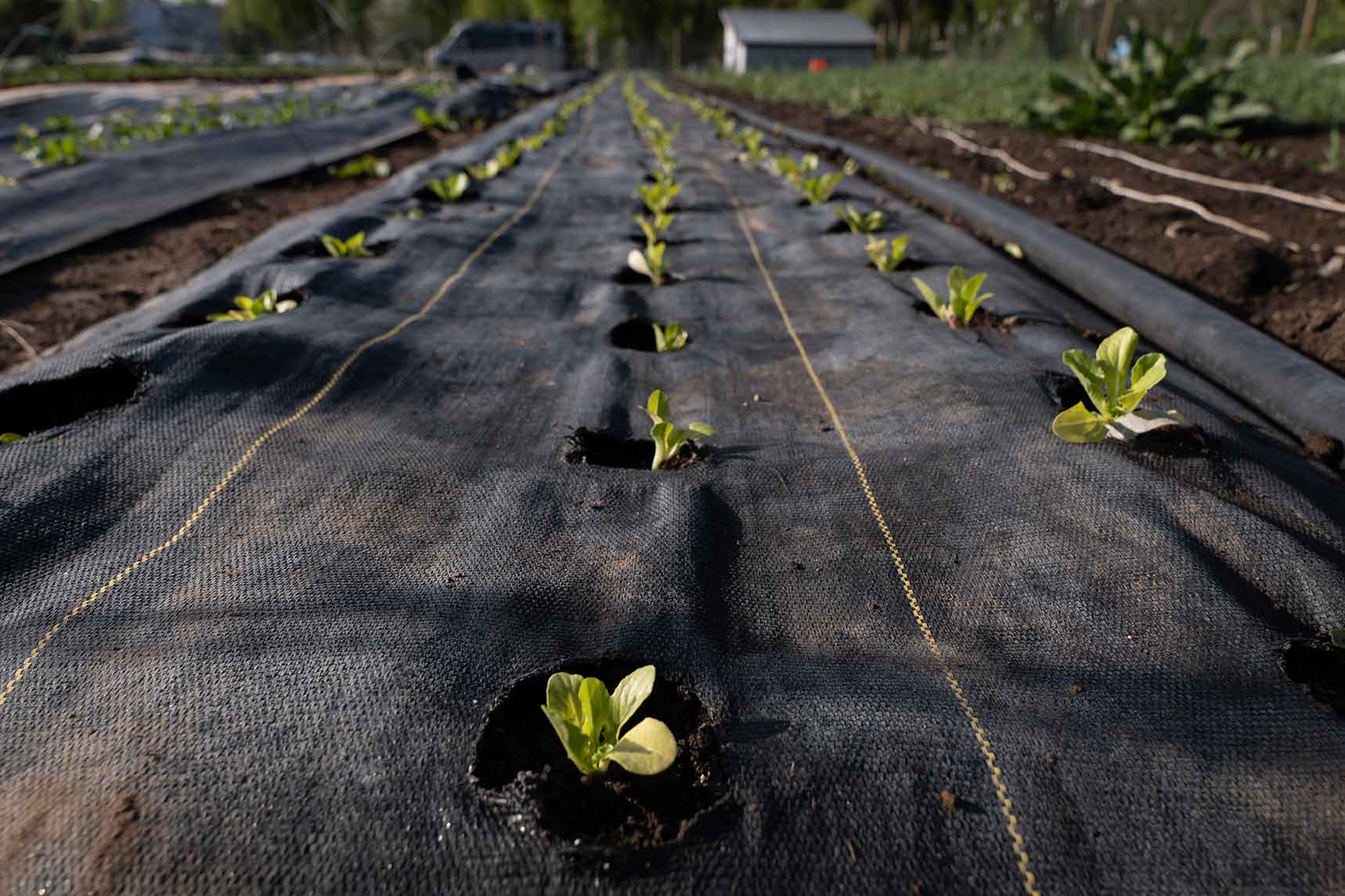
Di Santo sells her produce at nearby farmers markets on the weekends. Photo by Corey Robinson / Special to The Colorado Trust
Di Santo is less concerned about how her gender is treated than she is about overall access to the industry.
“I would argue that a lot of small-scale market garden farmers come from some sort of place of privilege,” said Di Santo. She noted that she leases her land and could not afford to buy: “There is no money in this. If there is, it’s very marginal. And there’s a lot of risk.”
Di Santo hires a trio of workers each week to help with the harvest and washing vegetables to get ready for the Saturday farmers market in Durango—and it’s important to note that this article is focused on women farm owners, and not the broader issue of working conditions and sexual violence faced by some farmworkers.
Several organizations, including Human Rights Watch and Southern Poverty Law Center, have documented the vulnerability of female farmworkers, particularly immigrants. Seventy-seven percent of women in a 2008 Southern Poverty Law Center report reported that sexual violence was a major problem.
One county west of Di Santo, Williams manages both livestock and crops. She raises sheep, a herd of 19 Scottish Highland cattle, and grows a variety of vegetables.

“My challenges are the cost of farmland and me being a solo operator and doing too much by myself,” says Williams. Photo by Corey Robinson / Special to The Colorado Trust
Williams, whose family’s roots in Colorado go back to her maternal great-great grandmother, is originally from northern California. She earned a degree in botany from Humboldt State University and lives on a 10-acre farm near Dolores with stunning views of Sleeping Ute Mountain. Through barters, Williams grazes her sheep on a nearby 14-acre orchard, shuttling them back and forth from her own property. She grazes the cattle on nearby acreages in exchange, as one example, for managing irrigation.
“I come from a long line of women who are pretty independent,” said Williams. “I’m physically pretty strong and enjoy a lot of the traditional male activities.”
Williams is eyeing the purchase of a 70-acre property that has been owned by the same family for nearly 100 years. The pasture is irrigated and will allow her to bring her crops and livestock together on one tract while also raising her own hay—the largest expense in her operation. “I hope to increase efficiency and profitability by being in one place long enough to build soil that grows more nutrient-dense food,” she said.
The Colorado Department of Agriculture does not collect its own data on the gender of farm owners or operators, but is expected to have 2022 census data parsed later this year, according to a spokesperson. However, the USDA’s Economic Research Service asserts that, nationally, “women play an integral part in farming, either as a principal operator or as a secondary operator. In 2019, more than half (51 percent) of all farming operations in the United States had a woman principal or at least one woman [as a] secondary operator.”
In 2015, the USDA reported that “the share of U.S. farms operated by women nearly tripled over the past three decades, from 5 percent in 1978 to about 14 percent by 2012.”
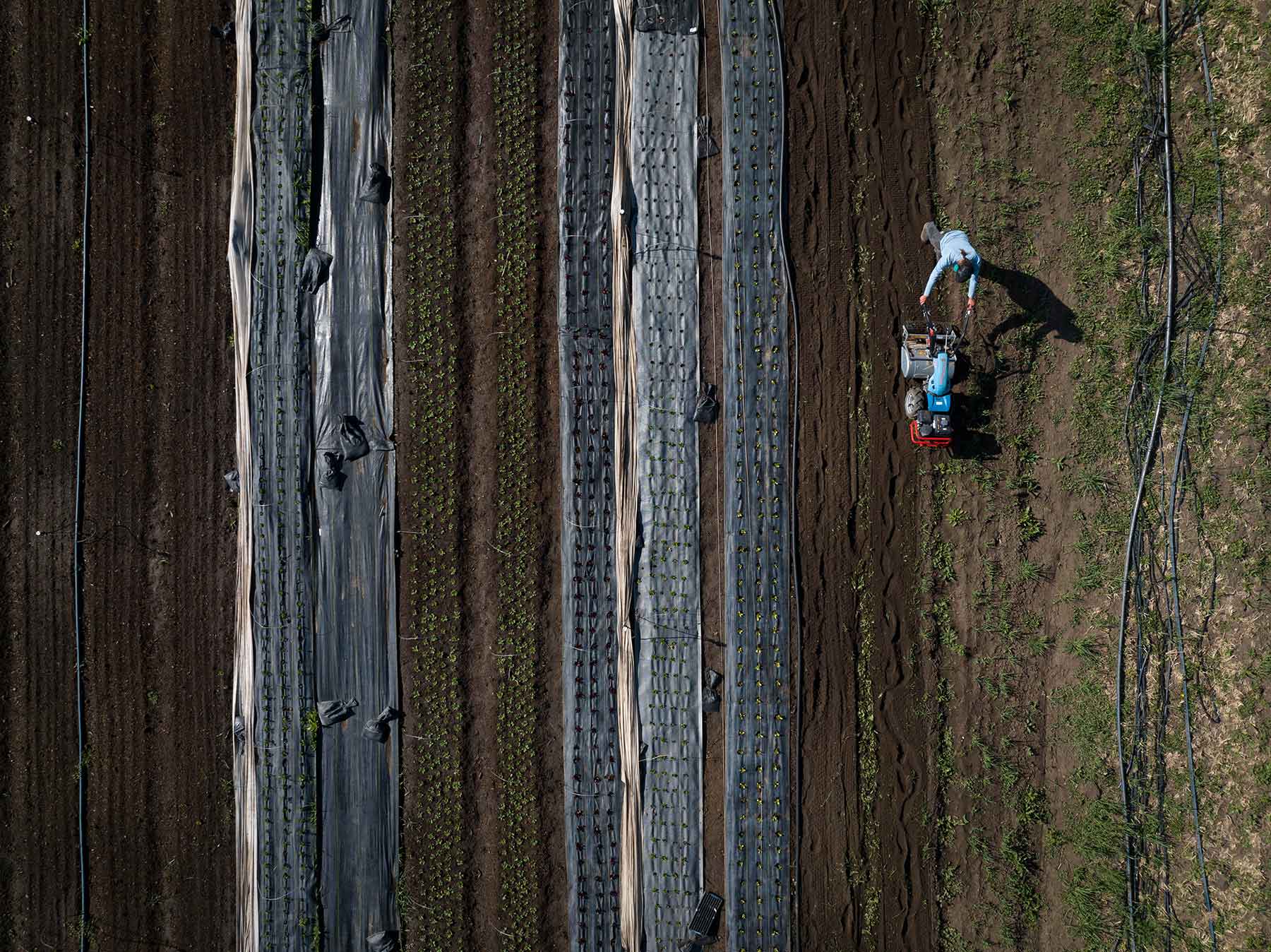
Di Santo learned farming basics at Fort Lewis College’s incubator program in nearby Hesperus. Photo by Corey Robinson / Special to The Colorado Trust
Statistics from the Society for Range Management also suggest changing gender demographics over the last 30 years, at least among its 2,000 members, which include land managers, scientists, educators, students, ranchers and conservationists. Julie Larson, chair of the society’s Diversity and Inclusion Committee, said the percentage of members who are women has steadily increased from 14% in 1992 to 20% in 2002, and to 35% in 2022. (These data have not yet been published.)
Larson added that the percentage of women is even higher among younger members—51% in the 22-41 age bracket—and that might indicate that the numbers will continue to climb.
“Sexism comes up in different ways, but I think it’s less than the past,” said Emily Lockard, the Colorado State University extension agent in Montezuma County, where Williams’ farm is located.
Lockard, who has held her current position for 18 months, has 13 years of extension experience. “We are looking at women being larger players in agriculture… and I think that shows progress. I have definitely encountered sexism in agriculture, but I wouldn’t say it’s the biggest part of my experience. Usually, [such instances are] things I can roll my eyes at and move on my life.”
Kellie Pettyjohn moved on from a decade of running The Wily Carrot, a one-acre vegetable farm in Mancos, two years ago. Pettyjohn sold salad greens and other produce at Cortez and Durango farmers markets and through the Southwest Farm Fresh Cooperative. She also sold wholesale to grocery stores and restaurants. (Recently, Pettyjohn earned an associate’s degree in nursing and today works at Southwest Health System in Cortez.)
Pettyjohn said the biggest challenges were income versus time and effort, drought, hail and grasshoppers. She was also raising a young son. When her irrigation water turned dirty, she hiked five miles to the headgate in the foothills of Mt. Menefee to clear brush. “It drove me crazy,” she said.
Did she experience any sexism? No.
“I always felt extremely supported by my fellow farming buddies. They were like family and I wouldn’t have made it without them,” Pettyjohn said. As evidence, Pettyjohn offered examples when male farmers helped with specific chores, such as draining oil out of a tiller and offering guidance on irrigation—“and, perhaps most importantly, to commiserating at the end of a day with a cold beverage,” she said. “They were always there for me.”
Carrie Havrilla is an assistant professor of rangeland ecology and management at Colorado State University. This fall, for the first time, she’ll teach a class as part of a minor offered in “Diversity and Inclusion in Natural Resources.” The class isn’t about rotating crops, said Havrilla; rather, it deals with equity, inclusion, race and gender, and the relationship of those issues to resource management “and people’s experiences in that space.”
There is “something amiss,” said Havrilla, because there are fewer women than men working as farmers, ranchers and in federal and state land management agencies.
“Maybe it’s systemic, maybe it’s remnants of the past. But definitely women don’t see themselves represented in those areas,” said Havrilla. “And when you don’t see people who look like you in positions of power or in positions of influence, it perpetuates the idea that you don’t belong there.”
While Di Santo feels like she belongs, she also isn’t sure the job will work over the long haul.
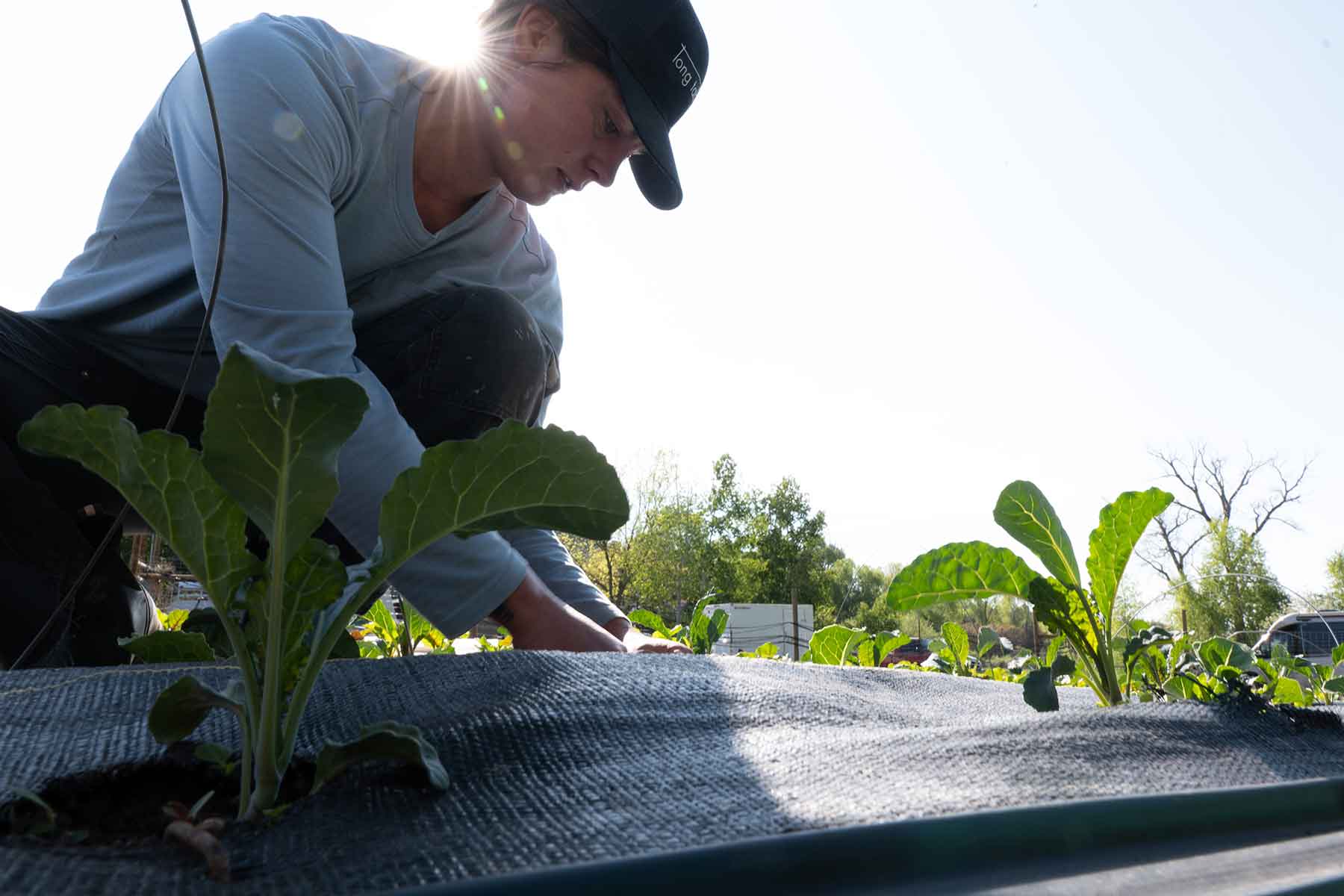
“There is no money in this,” says Di Santo. “If there is, it’s very marginal. And there’s a lot of risk.” Photo by Corey Robinson / Special to The Colorado Trust
“Physically, I can do this right now, but in 10 years, maybe even in five? I mean, even in the time that I’ve been doing it, it’s definitely taken a toll on my body,” she said. Yet “I would describe myself as a workaholic, as I’m sure most farmers would, too. I derive pleasure in being productive.”
For Nina Williams, farming gives her the chance to participate in an agrarian way of life and “interact with the land and its natural cycles.” Williams has applied to the graduate program at CSU’s Department of Soil and Crop Sciences. She also studied with Nicole Masters, a leading agroecologist from New Zealand who runs a coaching program called Integrity Soils.
The work is hard, conceded Williams. She has had back and knee issues (and has traded raw wool for massages). The hours are long. She willingly concedes she stretches herself too thin. There are always challenges. A mountain lion recently killed two lambs.
But Williams sees the work she loves as something demonstrating that consuming cheap, industrialized food “has come at an incredible cost to not only our environment, but to our health.” Consumers have been sold a “big lie” that “food should be cheap and convenient,” she said. But the “ecosystems are failing and our health is failing—and that is why I do it. Our well-being is inextricably tied to the vitality of our soil and how we produce food. For me, this is the most fundamental community service I can offer.”
To Larson, at the Society for Range Management, leaders like Williams and Di Santo are key to encouraging more women into the field.
“It’s important to showcase the stories of women out there doing this work now because I think that is also a critical part of enabling the next generation to see what is possible,” said Larson. “I have female friends who have started their own small farms and food production businesses. It’s awesome. And empowering.”

To increase efficiency and profitability, Williams hopes to centralize her ranching and farming onto a single tract of land someday. Photo by Corey Robinson / Special to The Colorado Trust